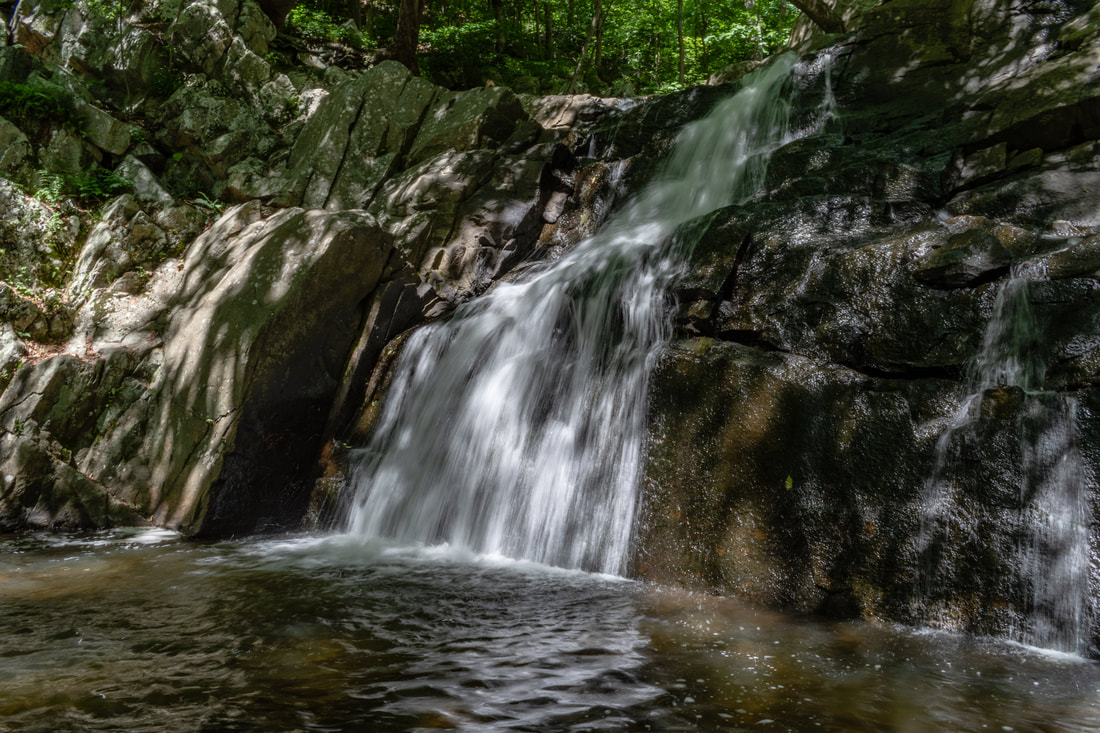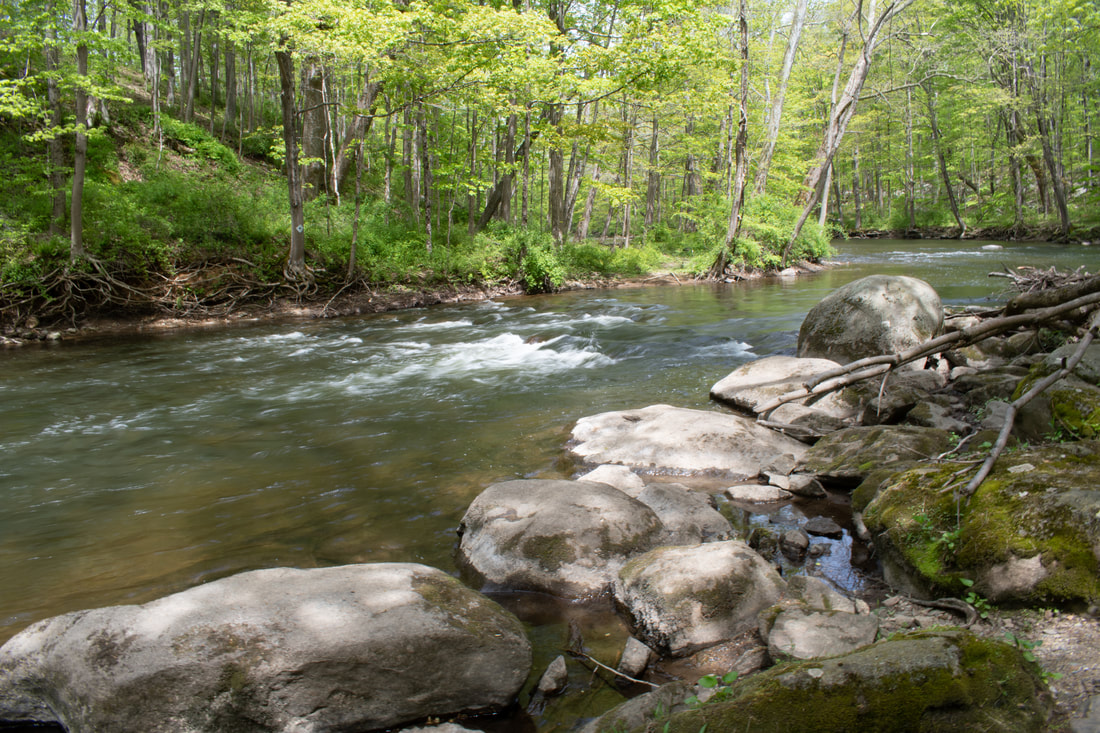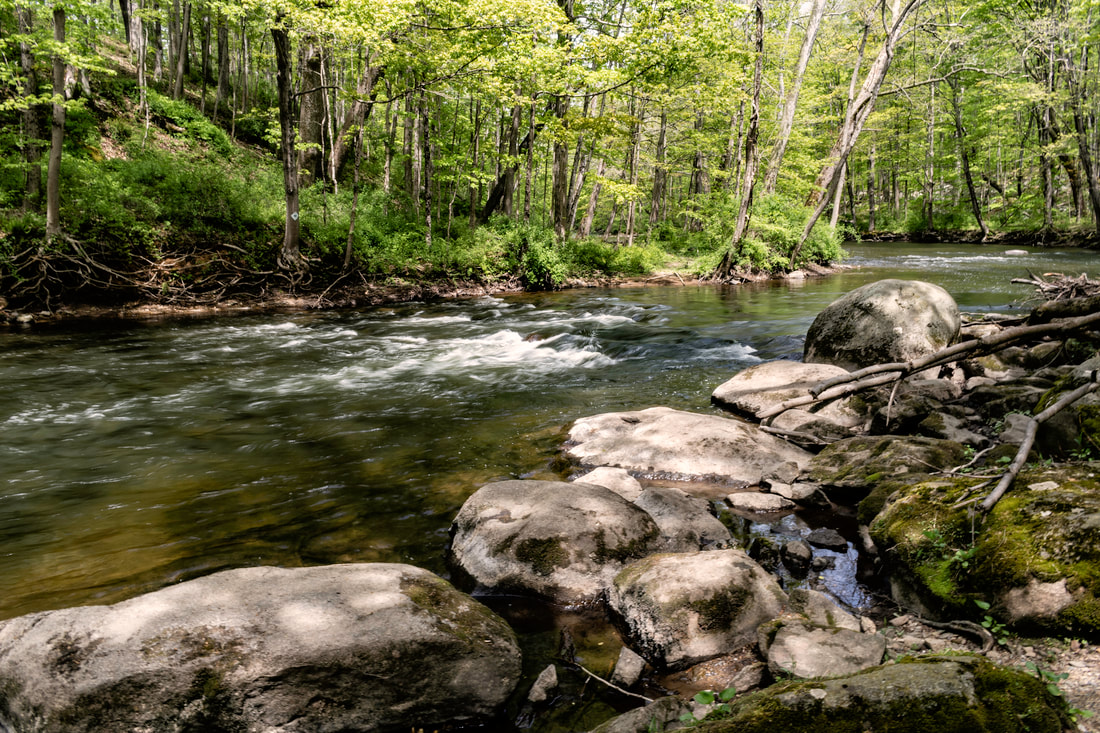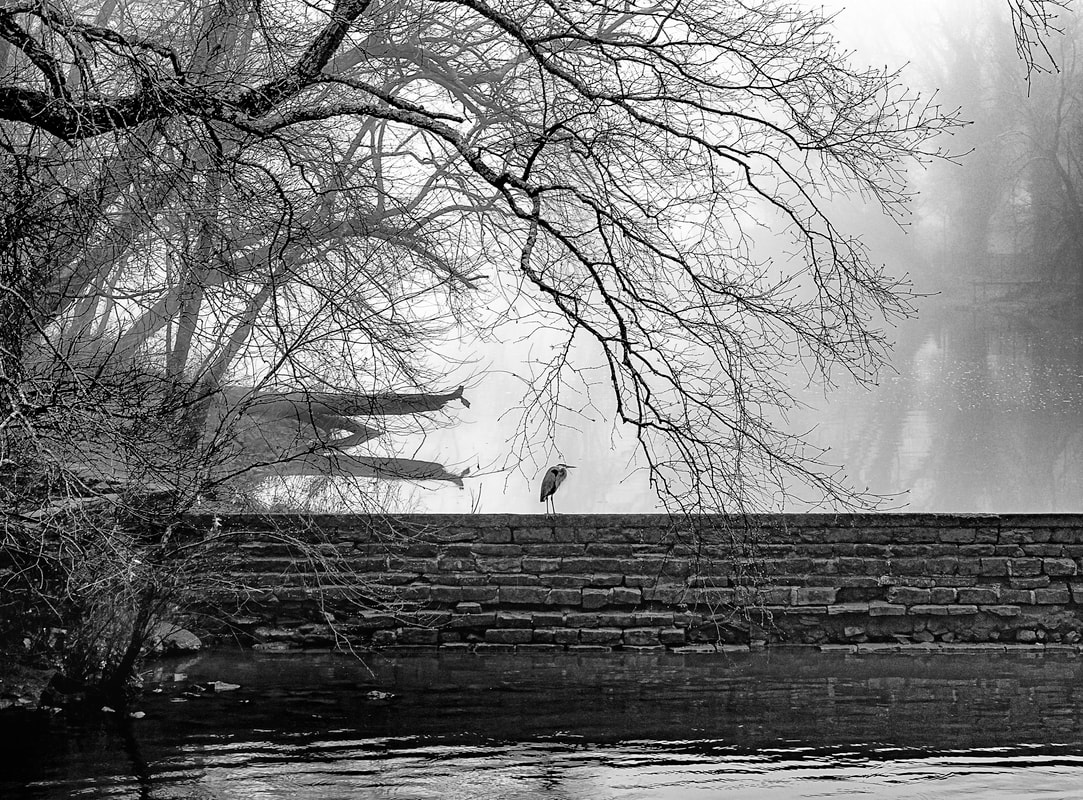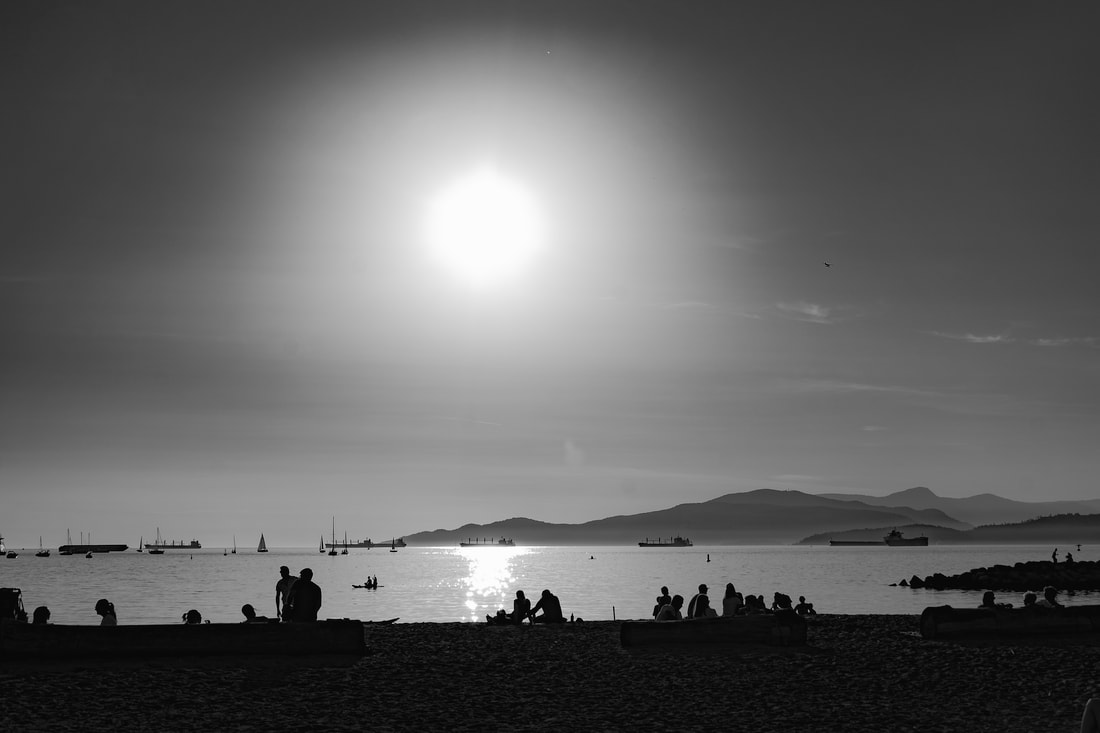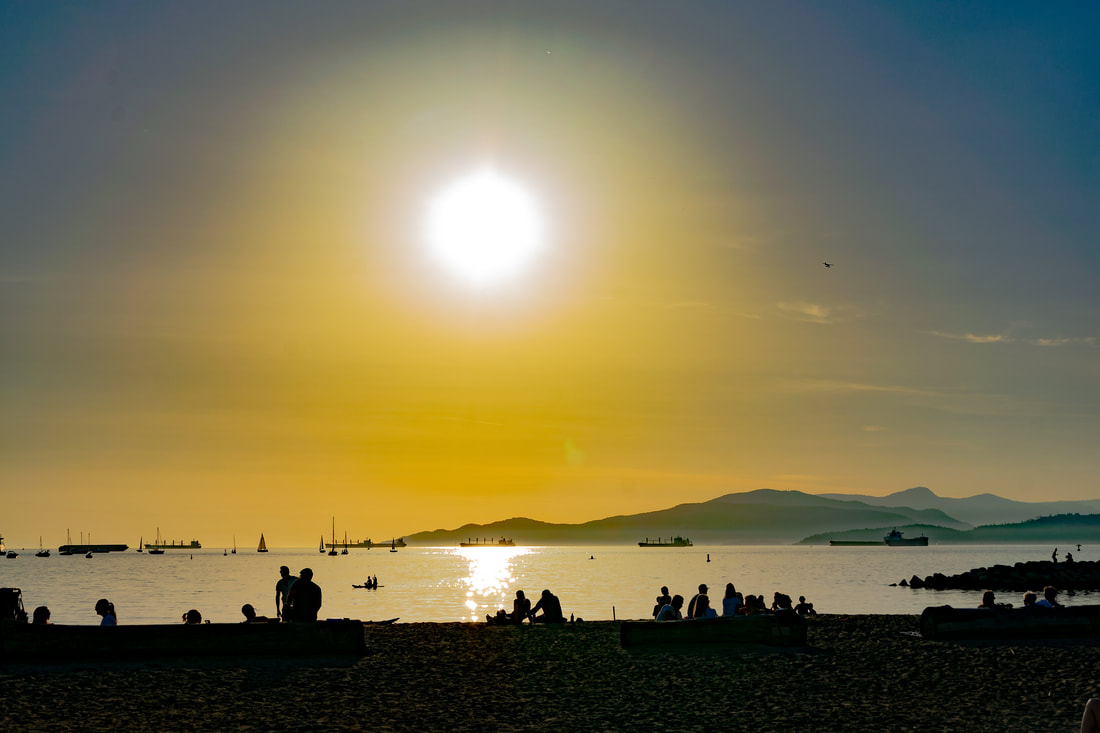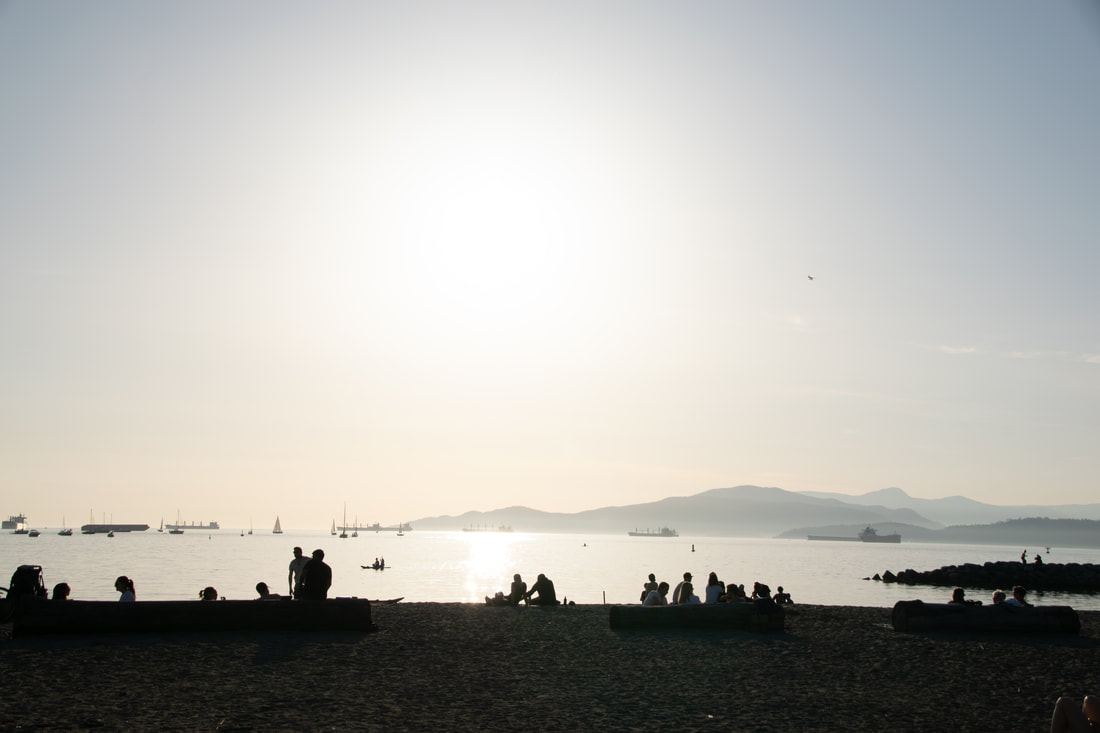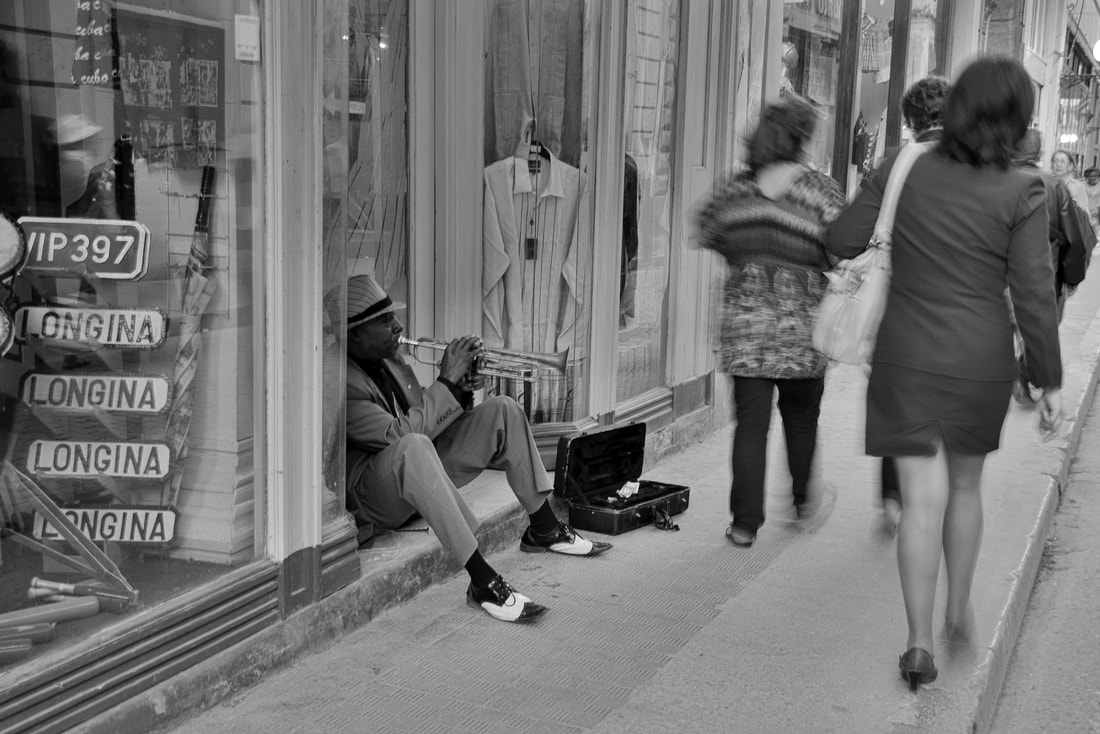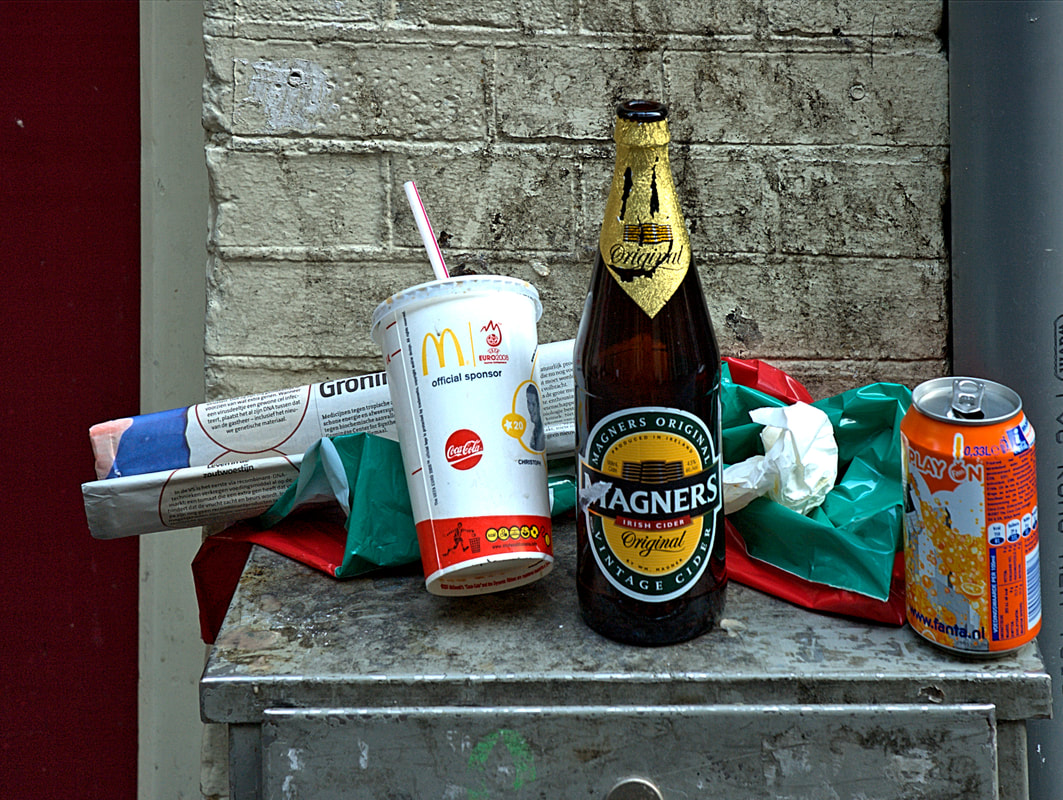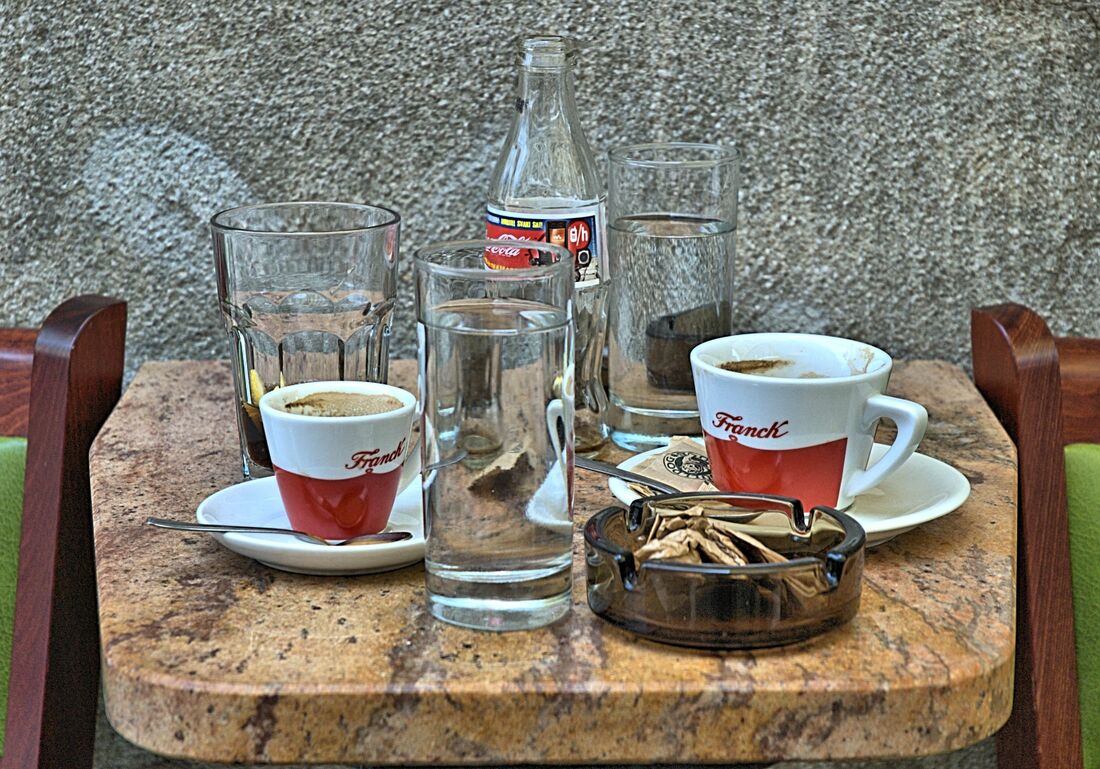In terms of the first point, consider this image of a dragonfly in flight in a state park called Six Mile Run. It is not a close up you would find in National Geographic, but nonetheless a capture of an otherwise unremarkable moment. This required an adjustment of shutter speed and a quick decision as to suitable background. I do have to admit to a certain liberty taken. I selected and slightly enlarged the dragonfly and pasted the larger version over where the smaller one was. It’s the same scene with the same dragonfly but with a slightly enlarged version to make it more visible. Suddenly, an ordinary scene in a state park becomes a little less familiar.
It is an opportunity to hone skills in terms of creative effects.

